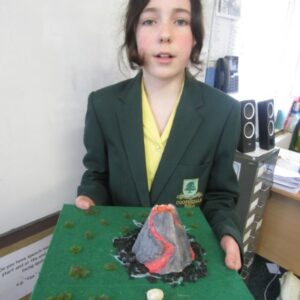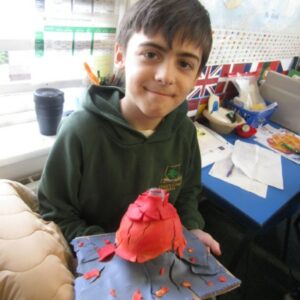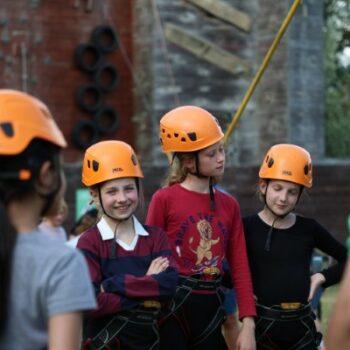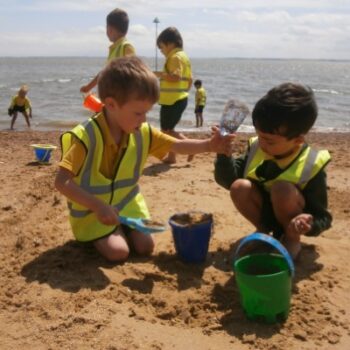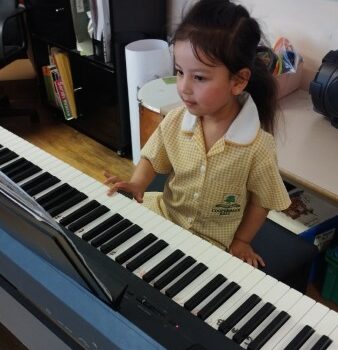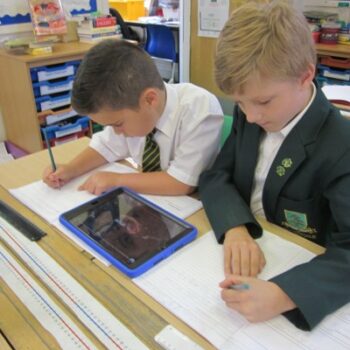Volcanoes and Earthquakes have been the focus of Year 5’s geography lessons.
Pupils have deepened their understanding of how volcanic eruptions occur due to the movement of tectonic plates, which are pieces of the Earth’s crust. When these plates move towards each other, they can cause eruptions. Some volcanoes, such as Mauna Loa in Hawaii, are formed by hot spots in the Earth’s crust. These volcanoes do not erupt violently; instead, lava usually flows out of them slowly.
Volcanoes can appear as small mountains or hills. They are openings in the Earth’s crust that allow magma, hot ash, and gases to escape. Magma is molten rock—rock that has been heated to the point of becoming liquid.
Both volcanoes and earthquakes result from the movement of the Earth’s tectonic plates. They are driven by heat and energy released from the Earth’s core. In some cases, earthquakes can trigger volcanic eruptions by causing severe shifts in the tectonic plates.
Year 5 have created their own model volcanoes and recorded videos demonstrating how a volcanic eruption occurs. They will be presenting their work to one another in the upcoming lessons.
Fantastic work, Year 5!







